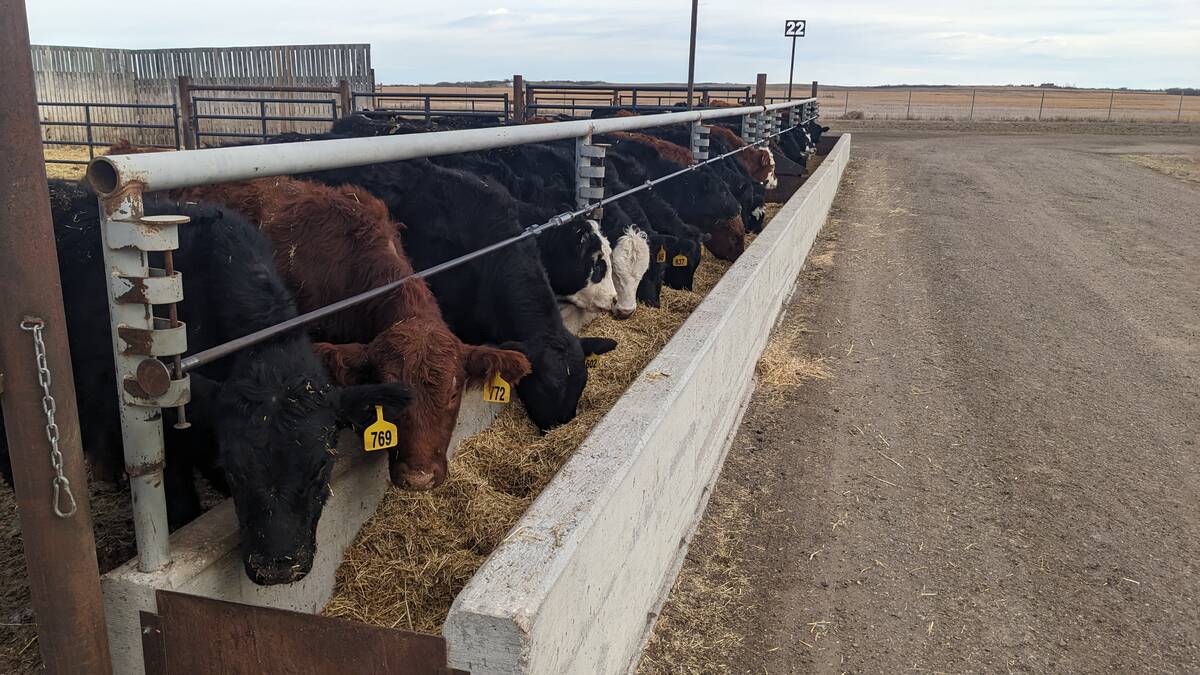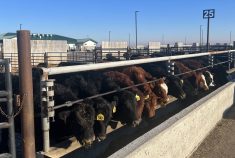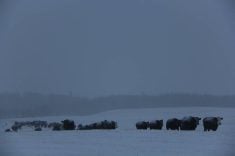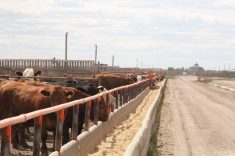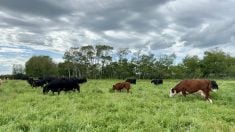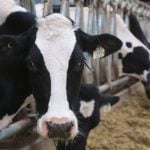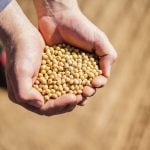With feed costs at an all-time high, Canadian beef producers are increasingly turning to alternative feedstuffs to cut expenses and improve profitability. Our recent benchmark study of the Canadian feedlot sector shows that most operations already incorporate some form of byproduct feed into their rations. The use of crop residues and agri-food by-products — such as screenings, oilseed fines and wheat straw — can be a practical and sustainable strategy to manage feed shortages and reduce costs without compromising performance.
What are screenings and fines?
Screenings and fines are the by-products of the seed cleaning process. They contain a mix of parent seed material (from cereals or oilseeds), chaff, weed seeds and dust. While these ingredients were once considered waste, they are now valuable components of cattle diets —when used correctly.
Read Also
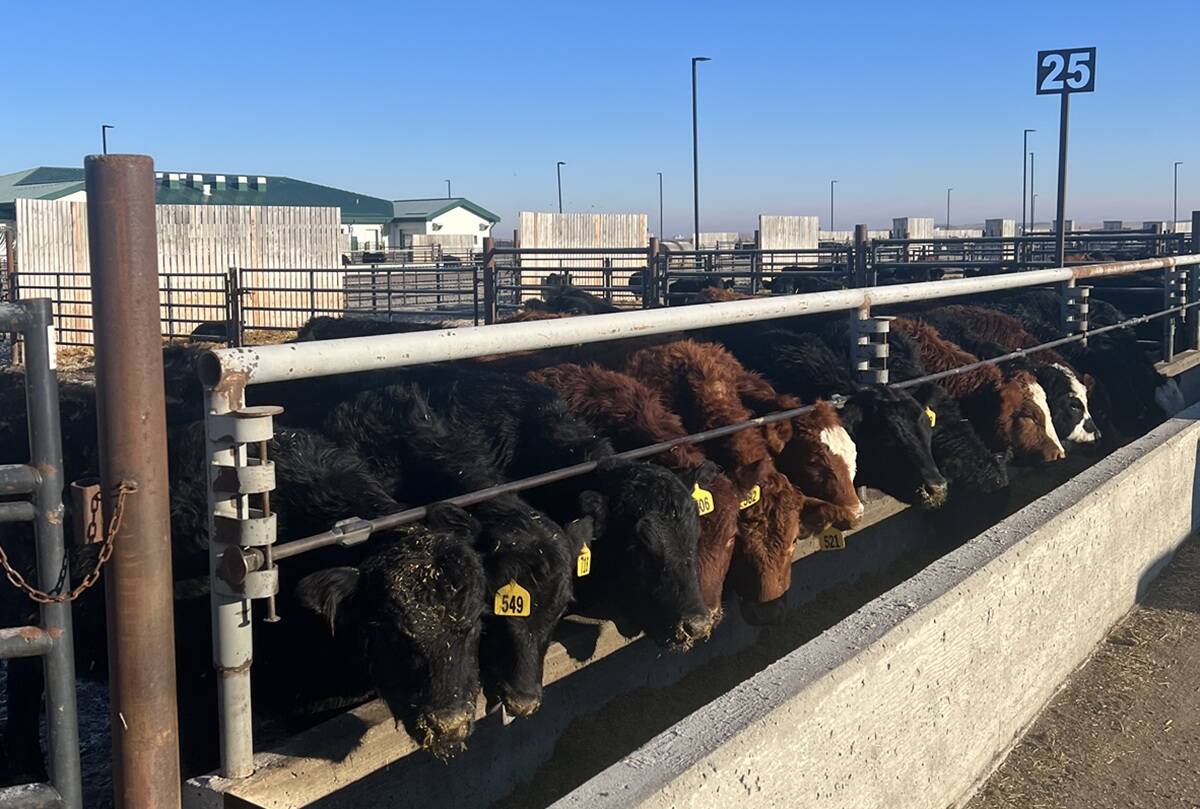
Managing newly received calves in the feedlot
What should cattle feeders focus on after calves arrive at the feedlot?
To put things in perspective, Canada produced 35 million tonnes of wheat and 18 million tonnes of canola last year. With a typical dockage rate of three per cent, this could yield approximately 1.05 million tonnes of wheat screenings and 0.54 million tonnes of canola fines — a significant and often underused feed resource.
Oilseed fines: a high-energy by-product
Oilseed fines, especially from canola, are often rich in crude protein (17-21 per cent) and fat (15-25 per cent), making them excellent supplements for low-quality forages. This is especially relevant for beef diets based on crop residues such as wheat straw. However, these fines can vary widely in composition. Some loads may be bulky, fibrous and low in nutrients. That variability means that nutrient testing is critical before purchasing or formulating diets.
We recently evaluated oilseed fines in beef cattle diets, through a series of studies conducted at the Livestock and Forage Centre of Excellence from the University of Saskatchewan.
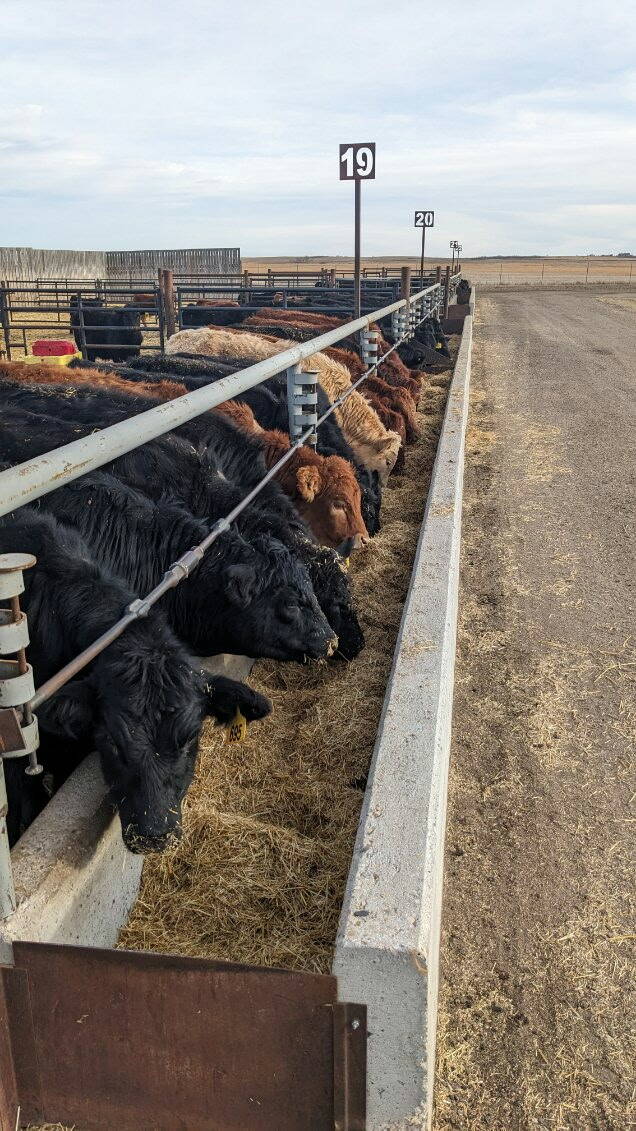
In backgrounding and finishing diets, we found that cattle fed 25 per cent wheat straw (backgrounding) or five per cent wheat straw (finishing), along with 12.5 per cent oilseed fines (dry matter basis), performed similarly to those on conventional barley silage and dry-rolled barley diets.
Gestating cows fed wheat straw with oilseed fines (six per cent fat on a diet dry matter basis) maintained body weight, condition score, calving rate and calf birth weight comparable to those fed traditional hay and silage-based diets.
The inclusion of high-fat by-products, such as fines, can also help reduce methane emissions — a win for sustainability.
Key considerations before buying
While the opportunity is promising, fines and screenings come with some challenges:
Variability: No two loads are alike. The ratio of seed material to non-nutritive components (such as chaff and dust) heavily influences quality.
Price versus value: A load with low protein or energy content may not be worth the transport cost. Nutrient testing is essential.
Feed safety: Loads can contain toxic weeds, mould or mycotoxins. Quality control matters.
Processing needs: Unprocessed fines can have reduced digestibility. Grinding, rolling or pelleting can improve intake, digestibility and the energy available to animals.
Despite their variability, producers are finding smart ways to include these ingredients in diets. Overwintering diets using wheat straw and fines can help improve cow body condition before calving — just watch for over-conditioning due to the high energy content of some of these fines. Strategic inclusion of fines in finishing beef cattle diets may allow for energy-dense diets at a lower cost, especially when conventional grains are expensive or limited.
In summary, crop residues and agri-food by-products, such as screenings, fines and straw, can be valuable tools in your feeding toolbox. When used wisely, they can help meet the nutrient needs of different cattle classes, cut down on feed costs and improve the sustainability of beef production.
But don’t rely on assumptions — test before you invest, and work with a nutritionist to ensure these by-products are enhancing, not hindering, your herd’s performance.
Beatriz Montenegro and Kylie Grimes are master’s students in ruminant nutrition at the University of Saskatchewan.

